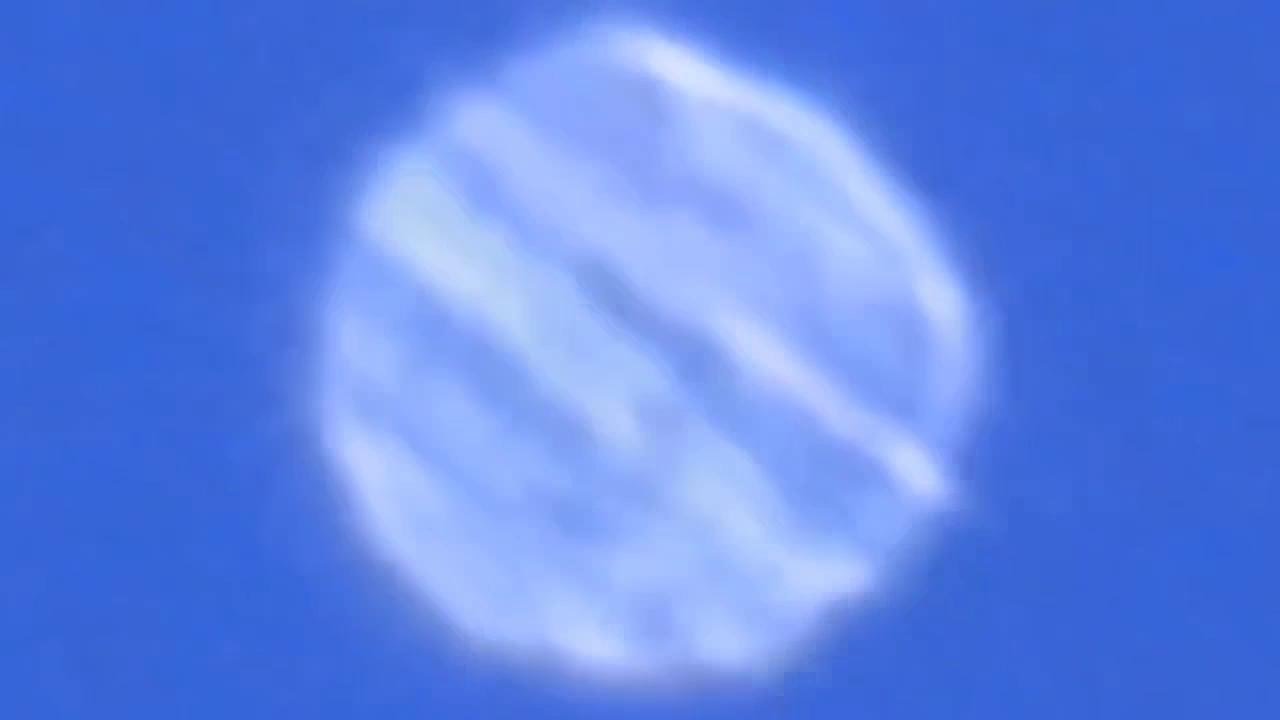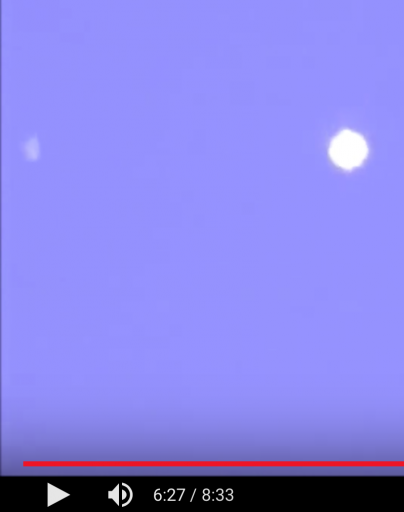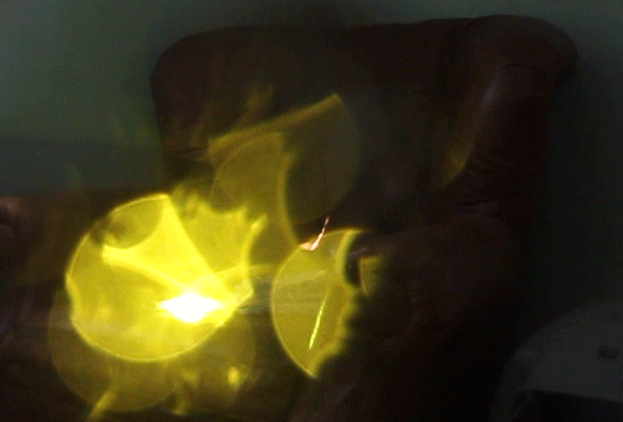This is what is happening. A number of flat earthers are buying digital cameras with a powerful zoom lens (60x and up) and digital zoom (4x for example). They take videos of various stars and planets. The videos are very strange for these reasons:
-They are severely out of focus because they leave the camera in autofocus.
From Wikipedia: Contrast detection autofocus is achieved by measuring contrast within a sensor field, through the lens. The intensity difference between adjacent pixels of the sensor naturally increases with correct image focus. The optical system can thereby be adjusted until the maximum contrast is detected.
Autofocus will not work properly when pointed at a dark sky with only tiny pinpoints of light.
But even if they were to use manual focus and set the lens to infinity, there could still be a problem.
On film cameras of yore, lenses were carefully calibrated to distances. You could actually use a tape measure to focus the lens. Infinity meant infinity (on a quality lens anyway). On current digital cameras meant for amateur use, the makers assume the user will almost always use autofocus. The lens actually focuses somewhat "past" infinity - to give autofocus the ability to "hunt" for maximum contrast. If you simply crank the manual focus all the way out on many digital cameras, the image will be out of focus. You actually have to back off to get distant objects in focus.
- They use maximum digital zoom, which is nothing more than a form of cropping and results in a larger image with less definition.
- Scintillation. From Wikipedia: The twinkling of stars caused by the passing of light through different layers of a turbulent atmosphere. Most scintillation effects are caused by anomalous refraction caused by small-scale fluctuations in air density usually related to temperature gradients.
The result is a video of severely out of focus low definition images of stars and planets. Put this together with scintillation and you get these strange pulsating jellyfish. They then claim that this is proof that "Science" is lying to us about what stars and planets actually are and what they look like. Science presents us with pictures of sharp points of light, but when citizen scientists actually do their own investigation, they see that stars have dimension. The claim is that these "stars" and "planets" are actually small and nearby lights fixed on the firmament or dome.
Recently the speculation is that we are seeing these stars through water, and they compare the patterns they see in their star videos to objects seen from just below the rippling surface of water in a swimming pool. The conclusion is that "space is water."



